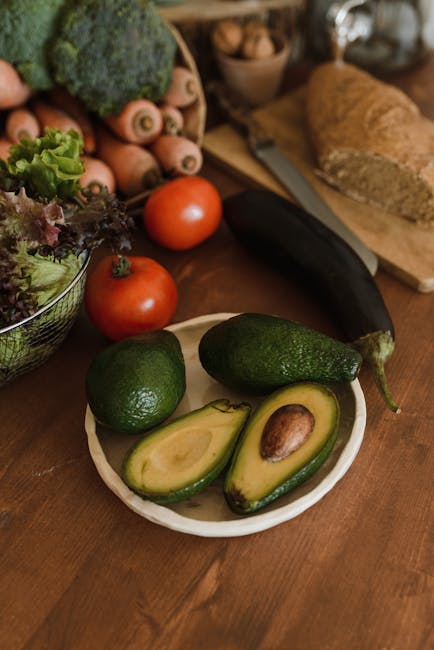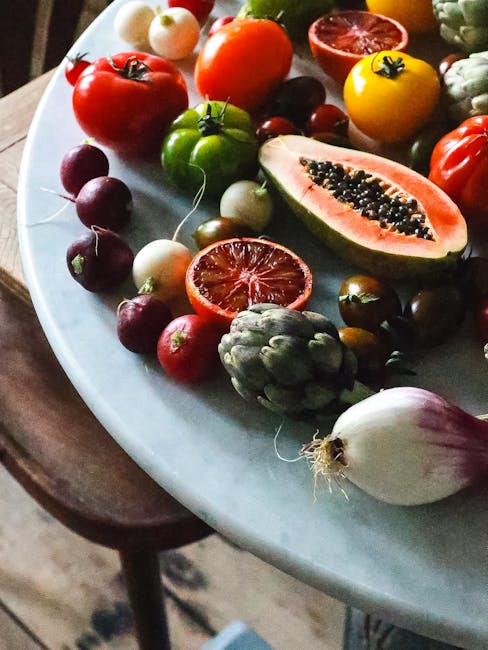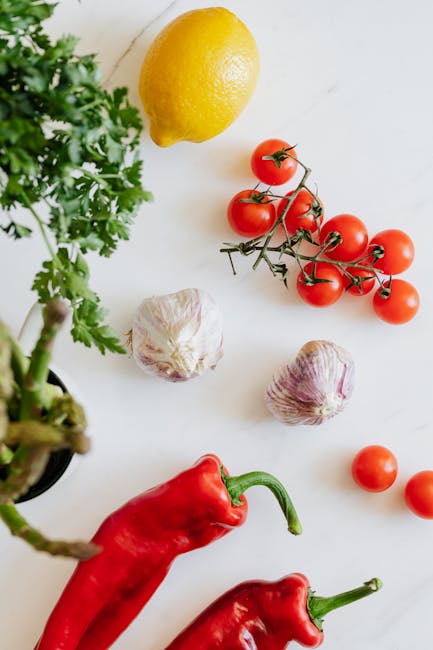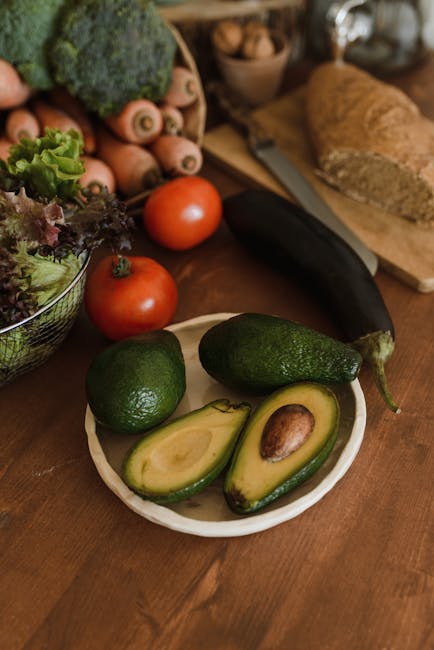A Gardener’s Guide to the Amazing Variety of Tomatoes: From Heirlooms to Hybrids
Introduction: The World of Tomatoes
The humble tomato, Solanum lycopersicum, is far from humble in its diversity. What began as a small, wild fruit in the Andes has blossomed into a global culinary sensation, boasting an astounding array of shapes, sizes, colors, and flavors. From the classic red round tomato to the vibrant yellow pear tomato, the choices are seemingly endless. This guide delves into the fascinating variety of tomatoes available, exploring different types, their characteristics, and how to best grow them.
Heirloom Tomatoes: A Taste of History
Heirloom tomatoes are open-pollinated varieties that have been passed down through generations. They often possess unique flavors and characteristics, sometimes exhibiting unusual colors and shapes. These tomatoes are prized by gardeners for their rich taste and historical significance. However, they can be less disease-resistant than hybrid varieties.
Popular Heirloom Tomato Varieties:
- Brandywine: Known for its large, pink, beefsteak-style fruit with a rich, sweet flavor.
- Cherokee Purple: A dark purple heirloom with a complex, slightly smoky flavor.
- Black Krim: A dark reddish-brown tomato with a slightly sweet and earthy taste.
- Green Zebra: A striking green tomato with yellow stripes, boasting a sweet and slightly tangy flavor.
- San Marzano: A classic Italian heirloom, elongated and ideal for canning and sauces.
Hybrid Tomatoes: The Modern Marvels
Hybrid tomatoes are created by cross-pollinating different varieties. This process often results in plants with increased disease resistance, higher yields, and improved uniformity. While they may not always offer the same complex flavors as heirlooms, their reliability and productivity make them popular choices for home gardeners and commercial growers.

Popular Hybrid Tomato Varieties:
- Celebrity: A prolific producer of large, red, round tomatoes known for its disease resistance.
- Early Girl: An early-maturing hybrid that produces abundant, small to medium-sized, red tomatoes.
- Better Boy: A high-yielding hybrid that produces large, red, beefsteak tomatoes.
- Roma VF: A popular paste tomato, ideal for canning and sauces, known for its disease resistance.
- Sun Gold: A prolific producer of sweet, golden-yellow cherry tomatoes.
Beyond Red: Exploring the Rainbow of Tomato Colors
Tomatoes come in a breathtaking array of colors, each offering a unique flavor profile. While red tomatoes are the most common, exploring other hues unveils a world of culinary possibilities.
Yellow Tomatoes:
Yellow tomatoes generally possess a sweeter and less acidic taste than their red counterparts. Popular varieties include Sun Gold cherry tomatoes and Golden Boy beefsteak tomatoes.
Orange Tomatoes:
Orange tomatoes often offer a balance of sweetness and acidity, making them versatile for various culinary uses. Examples include Orange Banana and Juliet tomatoes.
Purple Tomatoes:
Purple tomatoes often contain higher levels of antioxidants. Their flavor profile can range from sweet to slightly smoky, as seen in varieties like Cherokee Purple and Black Krim.
Green Tomatoes:
Green tomatoes are often picked before they fully ripen, but some varieties, like Green Zebra, remain green even when fully mature. They offer a unique tangy flavor.
Tomato Shapes and Sizes: A Feast for the Eyes
The variety extends beyond color, encompassing a wide range of shapes and sizes. From petite cherry tomatoes to massive beefsteak tomatoes, there’s a perfect size and shape for every culinary need.
Cherry Tomatoes:
These small, round tomatoes are perfect for snacking or adding to salads.
Grape Tomatoes:
Slightly larger than cherry tomatoes, grape tomatoes are also ideal for salads and snacks.

Beefsteak Tomatoes:
These large, flat tomatoes are known for their juicy flesh and intense flavor.
Plum Tomatoes:
Elongated and slightly pointed, plum tomatoes are perfect for canning and sauces.
Paste Tomatoes:
These meaty tomatoes, like Roma, are ideal for making sauces and purees.
Growing Tomatoes: Tips for Success
Growing tomatoes successfully requires attention to several key factors. Providing the right amount of sunlight, water, and nutrients is essential for a bountiful harvest.
Sunlight:
Tomatoes require at least six to eight hours of direct sunlight per day.
Water:
Consistent watering is crucial, especially during dry periods. Avoid overwatering, which can lead to root rot.

Soil:
Well-drained soil rich in organic matter is ideal for growing tomatoes.
Fertilization:
Regular fertilization helps promote healthy growth and fruit production. Use a balanced fertilizer or one specifically formulated for tomatoes.
Pest and Disease Control:
Monitor your plants for pests and diseases, and take appropriate measures to control them.
Conclusion: A World of Flavor Awaits
The incredible variety of tomatoes available offers a world of culinary possibilities. Whether you’re a seasoned gardener or a novice enthusiast, exploring the diverse world of tomatoes is an adventure that rewards the palate and the soul. From the historical charm of heirloom varieties to the modern efficiency of hybrids, there’s a perfect tomato out there waiting to be discovered.




